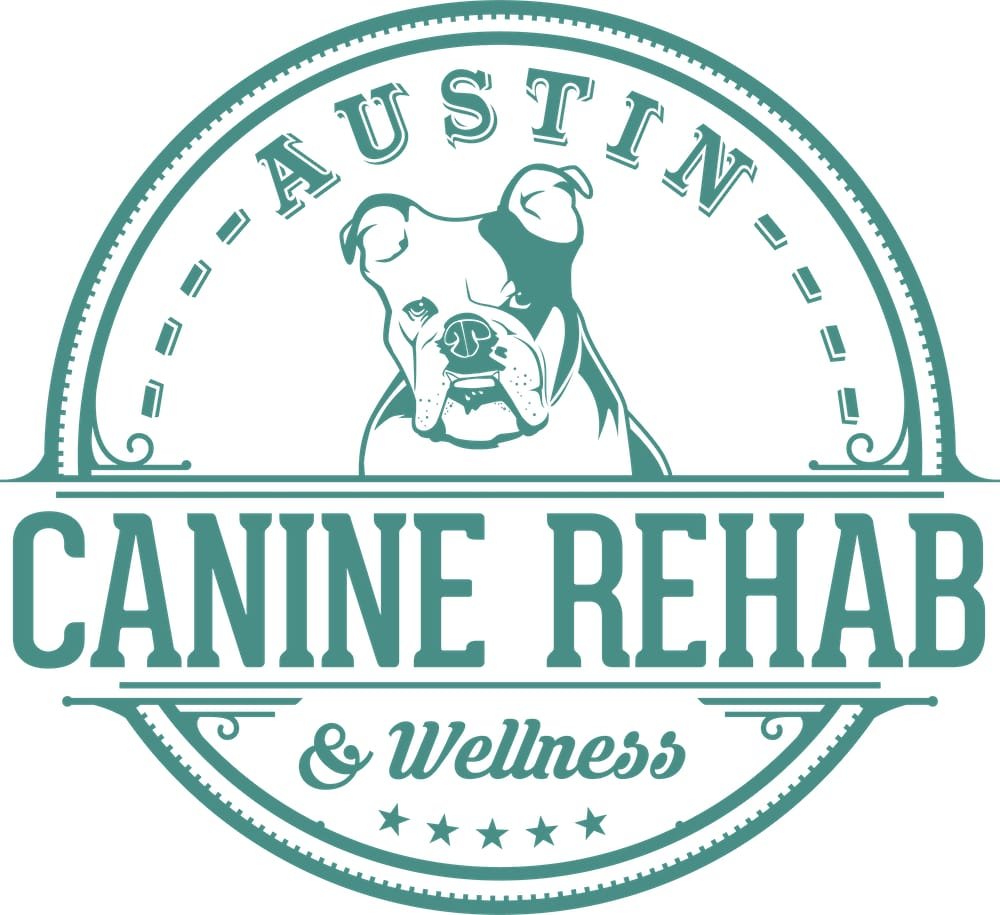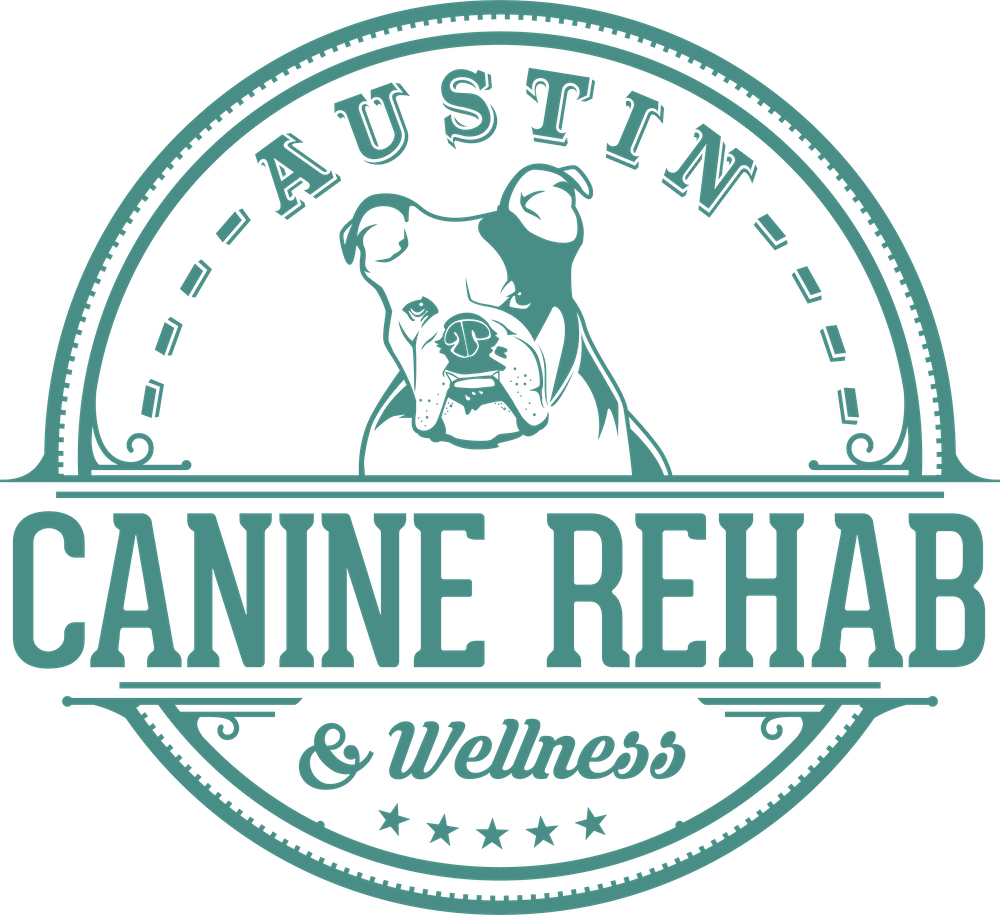How to Treat Bowel Incontinence in Elderly Dogs
As your dog ages, it is likely – and maybe even inevitable – that some health issues are going to arise along the way. Hopefully, these issues will be relatively minor and treatable, but you never quite know what is going to come along as the days and years pass.
For some older dogs, incontinence is an issue that comes up and needs to be addressed urgently. You certainly love your dog, but dealing with the problems that come along with incontinence can put a strain on your daily life and will make things harder for both the pet and the owner.
To understand how to proceed, it’s important to look at what incontinence is in dogs, why it happens, and what can be done to improve the condition moving forward.
Potential Causes of Bowel Incontinence in Elderly Dogs
One of the trickiest things about bowel incontinence in elderly dogs is the range of underlying causes that can lead to this condition.
It’s not just one or two things that can lead to a dog having less control over bowel movements, making the job of the vet more difficult in trying to get to the bottom of the matter.
Some of the potential causes include –
Gastrointestinal problems. It’s possible that something like inflammatory bowel disease or an infection is at the heart of your dog’s inability to control their bowel movements.
Spinal cord issues. An injury to the spinal cord – or a condition like degenerative myelopathy – can disrupt the signals from the brain to the muscles that control bowel movements.
Cancers. If your dog has a tumor in an area near the spinal cord, normal bowel function can be interrupted.
Neurological disorder. For older dogs, neurological problems will sometimes develop, and those issues can make it impossible for the dog to control their bowels as usual.
Diagnosis and Identifying the Root Cause
As you notice a pattern of incontinence in your dog, the first step is to go to the veterinarian for an evaluation and potential testing.
Your vet will be used to doing this kind of work with many other dogs, so they will have a process to go through and some questions to ask. They might order things like blood work, X-rays, ultrasounds, or other testing to get an idea of what is going on.
Based on the testing and observations, the vet will determine if there is a treatable condition causing the incontinence, or if it is stemming from something more serious, like a neurological condition.
A Few Bowel Incontinence Treatment Options
The treatment approach that is taken for incontinence in dogs is going to depend on what the vet finds during the testing and evaluation process. Sometimes, all it will take is a move to a diet that is higher in fiber to better regulate digestion. This could mean a change in dog food or the addition of a supplement that delivers more fiber.
Alternatively, or in addition to an altered diet, medication may be used to manage the situation. In more serious cases, the need for surgery may arise. Also, if the incontinence proves to be a chronic condition without an obvious solution, canine diapers and other hygiene products can be utilized.
The Benefits of Canine Rehabilitation
Using canine rehab – such as the treatments offered by Austin Canine Rehab – is an excellent way to care for your dog’s overall health. This includes specifically targeting the problems that may be leading to incontinence issues.
As a starting point, canine rehab can work to strengthen the core muscles in your dog, the same muscles that are responsible for controlling the bowels. Also, improving the mobility of your pet through exercises and other treatments will improve their ability to get outside in time to use the bathroom rather than relieving themselves in the house. Improving their mobility and strength through rehab can also help with posturing and stability when going to the bathroom.
There is also an element of overall well-being that should not be overlooked in this situation. When your dog feels healthy and is able to stay active, their stress level may drop and that could be associated with fewer incontinence issues.
Frequently Asked Questions
-
There isn’t one specific cure that can be applied for dogs experiencing incontinence, but a number of treatment options are available to manage the condition. Those treatments can include adjustments to diet, medications, and in more serious cases, potential surgery.
-
It is possible that some cancers in dogs – such as those of the colon, brain, or spine – may inhibit a dog’s ability to control bowel movements. However, there are many other potential causes of incontinence, so it should not be assumed that cancer is to blame for this condition.
-
A diet that is high in fiber is a good starting point for a dog that is suffering from incontinence. Dog food brands that are designed specifically to be suitable for incontinence can help improve bowel control in some cases.
-
Issues such as persistent diarrhea, blood in the stool, weight loss, and difficulty controlling bowel movements are all signs of potential incontinence. A visit to the vet may be necessary when these symptoms are present to determine the underlying cause of the problems.
-
The treatment approach taken by a vet will depend on the specific needs of each dog. Typically, when bowel incontinence is the problem, the condition will be managed with diet and probiotics. It’s also possible that medications will be used to treat underlying conditions and hopefully improve bowel control as a result.
Let’s Chat Today!
At Austin Canine Rehab, we focus on creating custom treatment plans for every dog that we see. There is no room for a “one-size-fits-all” approach in our business – we want to deliver the best possible results for every dog, and that means taking the time to get to know the animal and the health issues they are facing.
We want you and your dog to be able to enjoy as much happy and healthy time together as possible, which means finding solutions to the bowel incontinence problem as soon as possible. Take a moment now to reach out and let’s discuss how our team can help you move forward. Thank you for stopping by!




